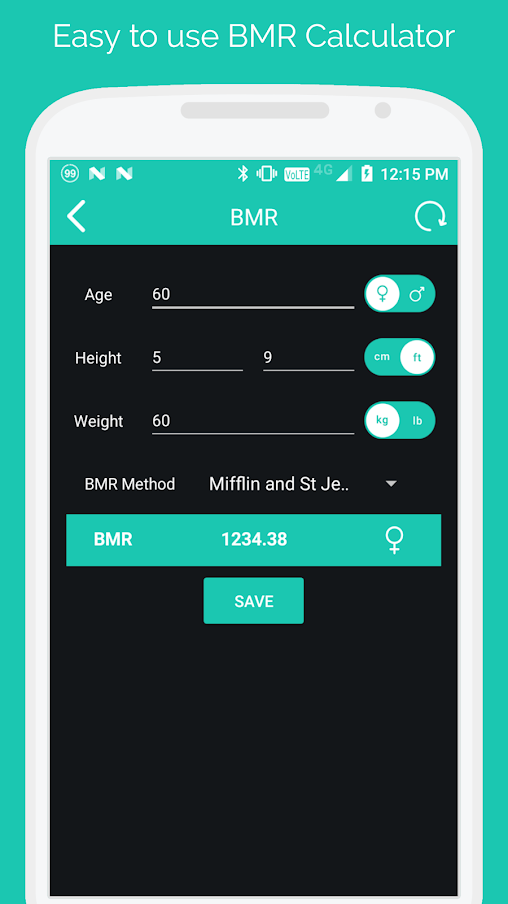
Higher levels of LDL cholesterol, which is widely considered "bad cholesterol," lower levels of HDL cholesterol, considered to be good cholesterol in moderation, and high levels of triglycerides.Below is a list of said risks, according to the Centers for Disease Control and Prevention (CDC): Chart for boysĬhart for girls Risks associated with being overweightīeing overweight increases the risk of a number of serious diseases and health conditions. The Centers for Disease Control and Prevention (CDC) BMI-for-age percentiles growth charts. CategoryīMI chart for children and teens, age 2-20 The Centers for Disease Control and Prevention (CDC) recommends BMI categorization for children and teens between age 2 and 20. The dashed lines represent subdivisions within a major categorization.īMI table for children and teens, age 2-20 This is a graph of BMI categories based on the World Health Organization data. It is used for both men and women, age 20 or older. This is the World Health Organization's (WHO) recommended body weight based on BMI values for adults. Refer to the table below to see the different categories based on BMI that are used by the calculator.

Being overweight or underweight can have significant health effects, so while BMI is an imperfect measure of healthy body weight, it is a useful indicator of whether any additional testing or action is required. These ranges of BMI vary based on factors such as region and age, and are sometimes further divided into subcategories such as severely underweight or very severely obese. Specifically, the value obtained from the calculation of BMI is used to categorize whether a person is underweight, normal weight, overweight, or obese depending on what range the value falls between. It is widely used as a general indicator of whether a person has a healthy body weight for their height. Note that the calculator also computes the Ponderal Index in addition to BMI, both of which are discussed below in detail.īMI is a measurement of a person's leanness or corpulence based on their height and weight, and is intended to quantify tissue mass. Use the "Metric Units" tab for the International System of Units or the "Other Units" tab to convert units into either US or metric units. Or give us a call at 256.840.5547 (Albertville) or 256.571.8734 (Guntersville) or contact us online.The Body Mass Index (BMI) Calculator can be used to calculate BMI value and corresponding weight status while taking age into consideration. Once you have learned your own body mass index using the online BMI calculator, learn more about your medical weight loss and weight loss surgery options through our complimentary online bariatric seminar delivered by our team of experienced, compassionate weight loss experts. Learn More about Your Weight Loss Options This is because the BMI calculator only factors in height and weight, and is unable to account the increased muscle mass that many high-performance athletes may have therefore, people who fall into this category will require further testing to determine their true BMI. The exception to the standard values determined by the BMI calculator are athletes, who may have a high body mass index in spite of being very lean and physically fit. If that same adult weighs between 125 – 168 lbs they would have a normal, healthy BMI of 18.5 – 24.9, while weighing between 169 lbs and 202 lbs would result in a BMI of 25.0 – 29.9, placing them into the overweight category.

Recommended BMI ValuesĮxperts recommend that adults maintain a body mass index of between 18.5 and 24.9 in order to achieve optimal health and wellness, along with a reduction in risk factors for obesity-related conditions such as diabetes, joint problems, cardiovascular issues and some cancers.Īdults who have a body mass index of below 18.5, or above 25.0, are considered to have an unhealthy body weight, which can increase their risk of weight-related illnesses and diseases.įor example, an adult who is 5’9″ tall and weighs 124 lbs or less would have a BMI under 18.5, which is considered to be unhealthy/underweight. Patients who are interested in weight loss surgeries like LAP-BAND, sleeve gastrectomy, or gastric bypass are generally required to fall within a specific BMI range in order to qualify for a particular procedure. With this information, you can begin to research what weight loss surgery or medical weight loss weight loss program is available for you based on your specific BMI. See below for recommended BMI values for each type of weight loss option.


 0 kommentar(er)
0 kommentar(er)
